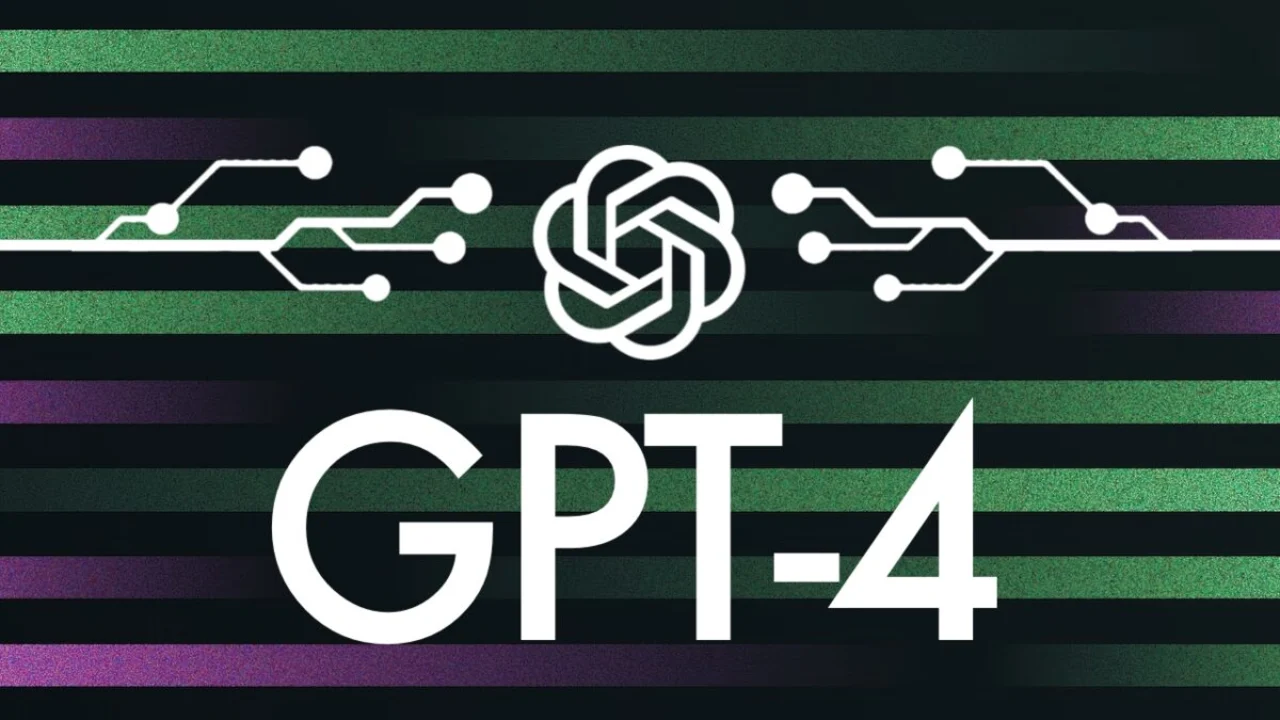GPT-4 is the latest and most advanced artificial intelligence system from OpenAI, a research organization dedicated to creating and ensuring the safe use of powerful AI. GPT-4 is a multimodal model, which means it can process both text and images as inputs and outputs. It can perform a wide range of tasks, such as answering questions, writing essays, generating captions, composing songs, and more.
GPT-4 is based on deep learning, a branch of machine learning that uses neural networks to learn from large amounts of data. GPT-4 is trained on a massive corpus of text and images from the internet, which gives it a broad general knowledge and problem-solving abilities. However, unlike its predecessors (GPT, GPT-2, and GPT-3), GPT-4 also incorporates human feedback to improve its behavior and alignment with human values.
GPT-4 is not only more capable than previous models, but also more reliable, creative, and safer. It can handle more complex and nuanced instructions than GPT-3.5 (the previous version), and produce more accurate and factual responses. It can also generate more original and diverse content than ChatGPT (the conversational version), while being more respectful and less likely to produce harmful or disallowed content.
GPT-4 is currently available via API (with a waitlist) for developers who want to integrate it into their applications or services. It is also accessible for ChatGPT Plus users who want to chat with it or use it for various creative tasks. OpenAI plans to release its image input capability for wider availability soon.
GPT-4 is a remarkable achievement in AI research and development that opens up new possibilities for human-machine collaboration and communication. However, it also comes with challenges and risks that need to be addressed carefully by researchers, developers, users, policymakers, and society at large.

